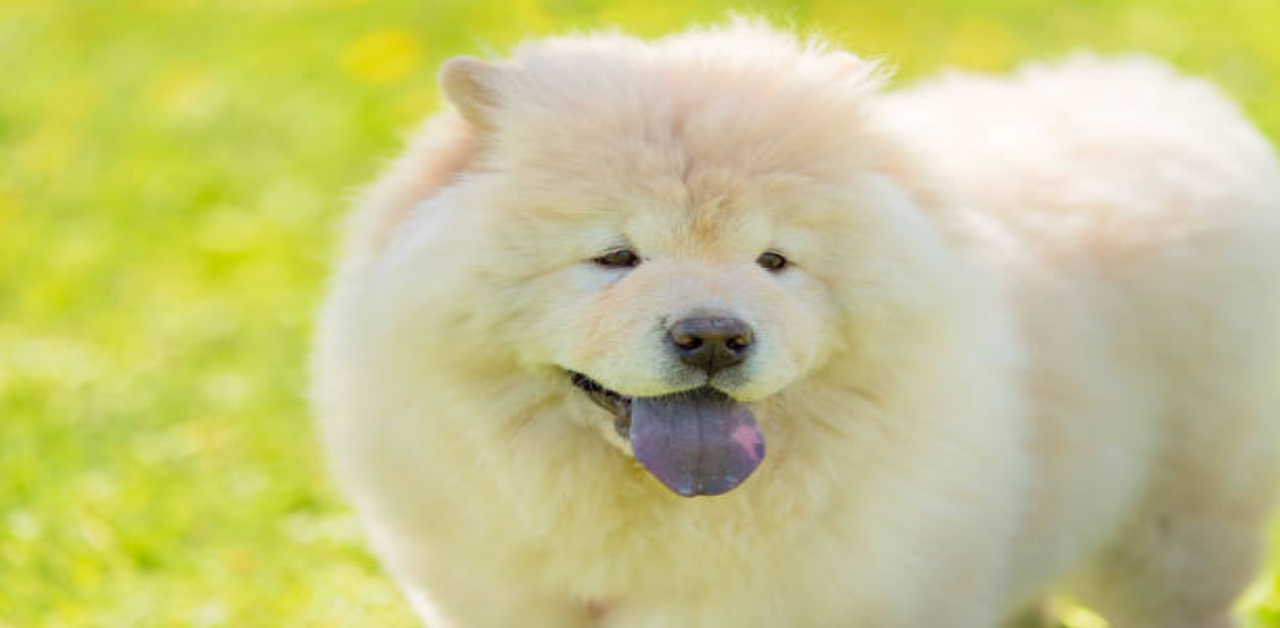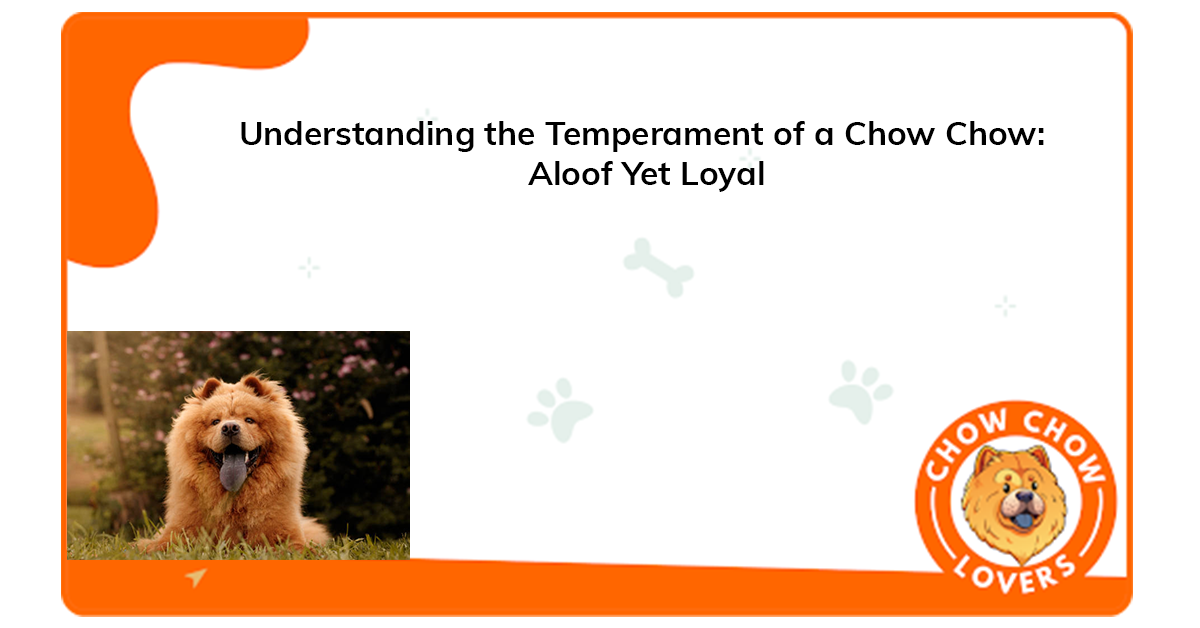Among all the unique dog breeds, the Chow Chow must be considered. Not only because of its lion-like mane and a more stoic outlook but also due to its most fascinating aspect: the blue tongue. This feature has been the source of curiosity and many tales, leading to numerous interpretations and myths about what it stands for.
Is it regarded as a symbol of the dog’s pure breed or much beyond that? Within our deep dive into Chow Chow’s blue tongue, you will uncover the facts regarding this blue pigmentation. We will also discuss basic principles surrounding the overall health and well-being of your Chow’s care.
Why Do Chow Chows Have Blue Tongues?
Among all the questions dog fans and potential owners of Chow Chow may be asked, the most popular is Why does Chow Chows have blue tongues?” The blue-black tongue is a horror of a gene that causes melanin, a pigment that controls hair and skin color, to accumulate.
This feature is linked to the Chow Chow’s lineage, which traces back to China, where these distinctive dogs were prized for their uniqueness and served as hunters and guardians.
Remarkably, the Chinese Chow Chow is the only breed in the world with this type of blue tongue, though a few others, like the Shar Pei, also share this trait.
The blue tongue is viewed as a symbol of purity and is often used as a marker to determine a purebred Chow Chow.
Chow Chow Blue Tongue Facts
Here are some essential Chow Chow blue tongue facts that every owner should know:
- Genetic Marker: The blue tongue is, therefore, an autosomal dominant feature, which may be used to ascertain the Chows since they are pure-bred dogs. However, mixed-breed dogs might have this quality if they contain part of the Chow Chow breed.
- Health Indicator: It is normal to have a blue tongue; however, if it becomes pale or develops dark spots, a trip to the vet is necessary.
- Cultural Significance: In Chinese culture, the blue color of the tongue is associated with nobility and was historically ascribed to royals.
Debunking Myths About Chow Chow Blue Tongues
Most people find the blue tongue to be one of its interesting features, but this sometimes leads to false beliefs. For example, these myths about Chow Chow blue tongues may affect people’s, and especially pet owners’, opinions about such a breed and its attributes. Such misconceptions should be put to rest so the breed can be well understood, admired, and cared for.
Myth: Blue Tongue Indicates Aggression or Danger
One legend surrounding the Chow Chow’s blue tongue suggests that the dog is aggressive or dangerous. This misconception likely stems from its protective nature and somewhat aloof demeanor.
But in reality, the blue tongue is just a hereditary condition and does not mean any specific temperaments. Chow Chows are friendly dogs who want to be of service and are dignified; tongue color plays no role in it.
Myth: Blue Tongue Signifies an Underlying Health Problem
A related myth, partly attributed to Gucci’s depiction of a snake with a blue tongue, leads some to believe something unusual about the blue tongues of Chow Chow puppies. However, this is a natural, genetically standard trait specific to the breed and nothing to worry about.
Regular vet checkups are critical to keeping your Chow Chow health in optimal condition. However, this blue pigmentation of the tongue is not a health issue and is a common feature for the breed.

Caring for Your Chow Chow
Proper hygiene is essential for all animals, so pet owners must always pay close attention to their pets’ cleanliness.
Here are some very useful suggestions aimed at maintaining the health of the mouth of your Chow Chow:
1. Complete Oral Care: Regular oral care is essential since the next step involves brushing the teeth at least once a week to eliminate plaque and tartar. Such therapeutic measures also help the patients’ oral, lingual, and gingival hygiene.
2. Routine Inspections: Check your Chow Chow’s mouth for any problems, whether they are lesions, strange spots on its tongue, or color changes. A good dental checkup means early diagnosis of these problems, which may reduce them to severe health complications.
3. Balanced Diet: Proper nutrition is critical for Chow; maintaining nutrient content will help your Chow Chow be healthy. Therefore, ensure that its nutrient content includes all ingredients for proper nutrition and the health of its teeth. Some foods with natural antioxidants and vitamin content can help improve the health of the tongue and mouth.
4. Regular Vet Visits: Vet visits for checkups are essential. Your vet can give sound advice on caring for your Chow Chow, including its long tongue.
Engaging with the Chow Chow Community
Meeting other Chow Chow owners may be helpful in more ways than one. Discussions on Chow Chow blue tone and general chow care would better help you and bring out new ideas you may not initially know for your pet.
Newsgroups, social media platforms, breed associations, and dedicated Chow Chow lovers communities provide a wealth of support for owners and enthusiasts. These spaces offer practical advice, shared experiences, and resources to help people connect and care for their Chow Chows better.

Conclusion
The blue tongues of Chow Chows is more than a breed characteristic; it is a peculiar and important genetic element. By examining the myths and facts surrounding this special feature, we will be able to help Chow Chow owners understand how to look after these companions as well as they can and provide them with the necessary care.
It becomes essential for any Chow Chow lover to communicate with people with the same feelings towards this breed, exchange experiences, and learn about new methods to care for Chow Chow.
Enter the Chow Chow lovers‘ club, where each story and any advice piece helps to improve the happiness and quality of life of these incredible animals.







